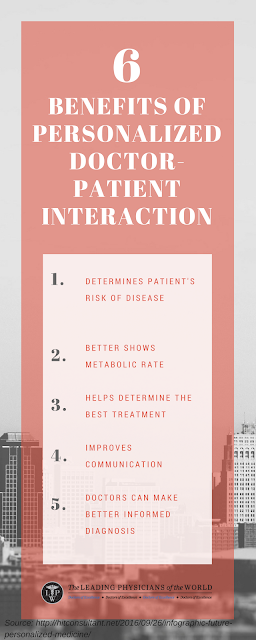Patient Loyalty
Consumer
loyalty to healthcare providers is not what it once used to be. The realities
of the new healthcare market—consumers with high passion for healthcare
providers, the rise of digital health disruptors and providers with lagging
loyalty metrics—make providers vulnerable to patients switching to competitors.
So, how can healthcare providers reset the patient loyalty? They can take a
page from competitive consumer industries with experience having to earn their
customers’ loyalty. By adopting patient engagement practices from such consumer
industries, healthcare providers can respond to this market disruption. What’s
more, they can keep the patients they have—and earn new ones. Here are some key
findings and possible solutions.
●61% would switch providers to get
an appointment quickly
●52% would switch to get an appointment
at a convenient location
●47% would switch for a better
understanding of care costs
●50% would pay more for weekend or
after-hours appointments, or to have more personal time with their clinician
1. Build your brand
Branding is
not just about the logo. It is all about what you and your practice is known
for, and what it does better than others. For example, demonstrating a special
concern for patient needs and providing a solution is an example of your brand
message that the practice cares deeply for people.
2. Send appointment reminders
Send appointment
reminders to make sure they don’t forget or show up late to their
appointment. Yourpatients will appreciate this, especially if your schedule is
typically booked out a few weeks. Marketing, in any type of business, helps
develop trust and strong relationships between the provider and consumers.
Effective marketing also communicates reasons to trust, choose you, and
recommend you to others.Follow up their visit by sending a quick text message
to say, “Thank you for coming in. We appreciate you!”
3. Customer feedback
Customer
feedback is an important resource that identifies things that your
patients love, and don’t love, about your company. Patients appreciate that you
are doing everything you can to make improvements and that inspires greater
trust and loyalty. Sending a monthly patient newsletter to keep your
patients up-to-date with industry news, especially as it specifically pertains
to their health, is another way to show your concern for their well-being.
4. Patient questionnaires
Questionnaires
or surveys are a channel for patient feedback that reveals additional possibilities
for improvement. Use automated patient surveys to find out your level
of patient satisfaction and more about each patient’s experience. Thoughtfully
consider the feedback given and thank your patients for expressing their
opinion.
5. Let consumers know what you are doing for them
Patients
look to doctors to provide help with their individual health issues. But beyond
that, some healthcare and service benefits aren’t always obvious. It’s useful
to explain how the practice can help meet future needs.
Patient
loyalty to doctors is relevant to medical services in which doctor-patient
relationships are central and for which competition has increased in recent
years. The patients most committed to their doctor are more loyal to them. In
turn, commitment is determined by patient trust, which is determined by patient
satisfaction. Doctor reputation positively influences both patient trust and
satisfaction. The explanation chain not only gives an account of how patient
loyalty is formed; it also identifies a path health professionals can follow to
secure patient loyalty.




Comments
Post a Comment